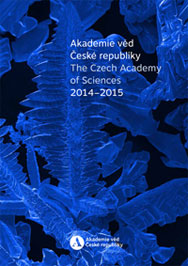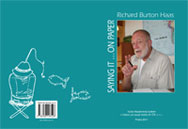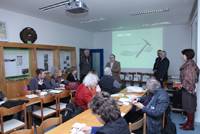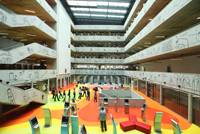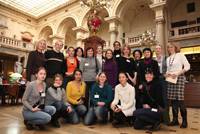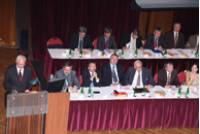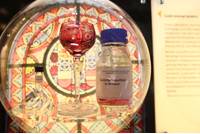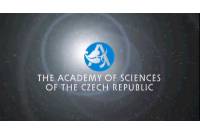 The Algatech Centre, which is a scientific division of the Institute of Microbiology of the CAS located in the baroque building of the Opatovicky mlyn (mill) near Třeboň in South Bohemia, focuses on the research of photosynthetic microorganisms, including algae, cyanobacteria and photosynthetic bacteria.
The Algatech Centre, which is a scientific division of the Institute of Microbiology of the CAS located in the baroque building of the Opatovicky mlyn (mill) near Třeboň in South Bohemia, focuses on the research of photosynthetic microorganisms, including algae, cyanobacteria and photosynthetic bacteria.
There are at least 70 thousand different and varied species of algae in nature and their potential is huge in many respects. The Laboratory of algal biotechnology therefore studies processes and technology involved in the efficient production of algae and the use of algal biomass. It seeks new bio-active compounds in algae to be used as dietary supplements, in pharmacology and biomedicine and cultivates algae enriched with rare chemical elements which are scarce in both human food and animal fodder. Scientists also carry out research into various metabolites of cyanobacteria and their effects on human cells from the pharmacological and toxicological point of view. Special interest is paid to substances inhibiting the division of cancer cells and/or selectively inducing their apoptosis.
The
Laboratory of anoxygenic phototrophs is engaged in the basic research of
evolutionary very old prokaryotes containing photosynthetic reaction centres composed of
bacteriochlorophyll and its researchers have recently scored a great success: they have discovered
an entirely new photosynthetic species – a new family of phototrophic bacteria, i.e. bacteria
capable of producing energy through photosynthesis. The new organism was found in a sample of water
taken from a lake in the western part of the Gobi desert. Only three new families of phototrophic
bacteria were discovered over the past 100 years.
The
Laboratory of cell cycles of algae aims at gaining a deeper insight into molecular
mechanisms regulating the specific cell cycle in green algae that divide by multiple fission – that
is divide into more than two daughter cells. Scientists´ objective is to learn more about the
regulation of cell size and division, the activity of cyclin dependant kinase and cyclin dependant
kinase complexes throughout the normal cell cycle as well as their role in the cell cycle
interruption in case of DNA damage. The pattern of cell-cycle progression in algae can also tell us
more about animal embryos, since the early phases of their growth and development are controlled by
similar principles as those in green algae.
Great attention of Algatech experts is directed to genetics and biophysics of photosynthesis
in microscopic algae, as well as to the possibility of utilising the latest discoveries in
biotechnology applications.
The
Laboratory of photosynthesis studies fundamental biochemical and molecular
mechanisms regarding photosynthesis, the ways of its regulation during the day or under specific
stress conditions. Special attention is paid particularly to photosystem II and researchers in this
laboratory have recently made a significant step towards understanding its biogenesis. Photosystem
II is a complicated protein complex present in the cells of plants, algae and cyanobacteria, the
proper functioning of which is essential for photosynthesis. Research teams from the Algatech
centre, together with colleagues from British universities have described the first phases of
photosystem II synthesis, namely the mechanism by which chlorophyll molecules are inserted into
core proteins of photosystem II and how the functional core of this complex is assembled. Moreover,
in the article published in Nature Plants in late 2015 they presented a substantially new view of
repair mechanisms of photosystem II and the recognition of its damaged protein subunits that have
to be degraded and replaced by newly synthetized ones.
Modern apparatuses and equipment in the Algatech, which was opened in 2014, allow
microbiologists to introduce new research tools and methods and thus deepen their understanding of
fundamental processes in algae, cyanobacteria and photosynthetic bacteria as well as their
potential in many practical applications, from biomass and biofuels to medicine.
21 Jan 2016
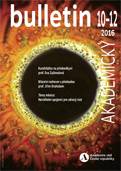

 Česky
Česky


